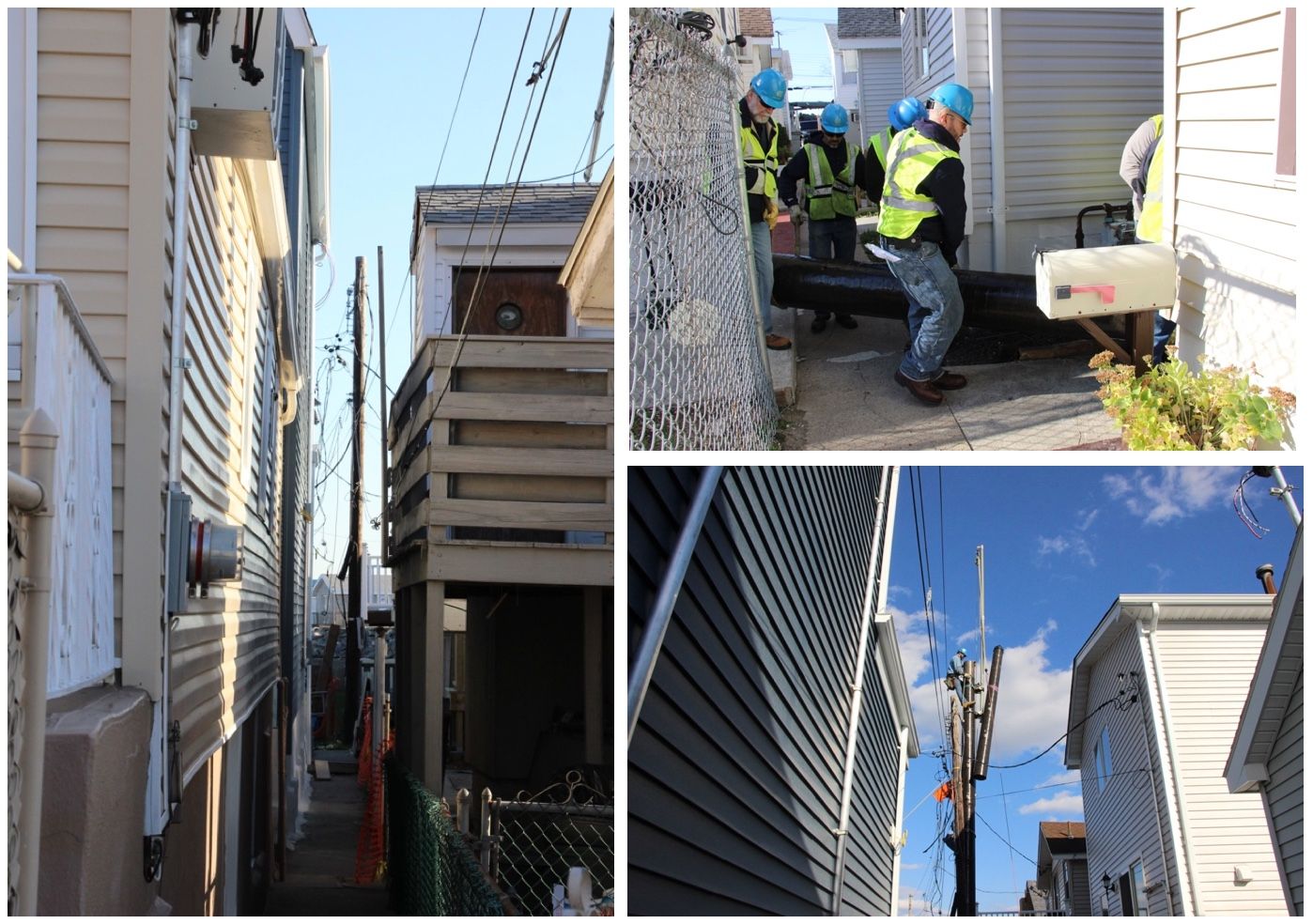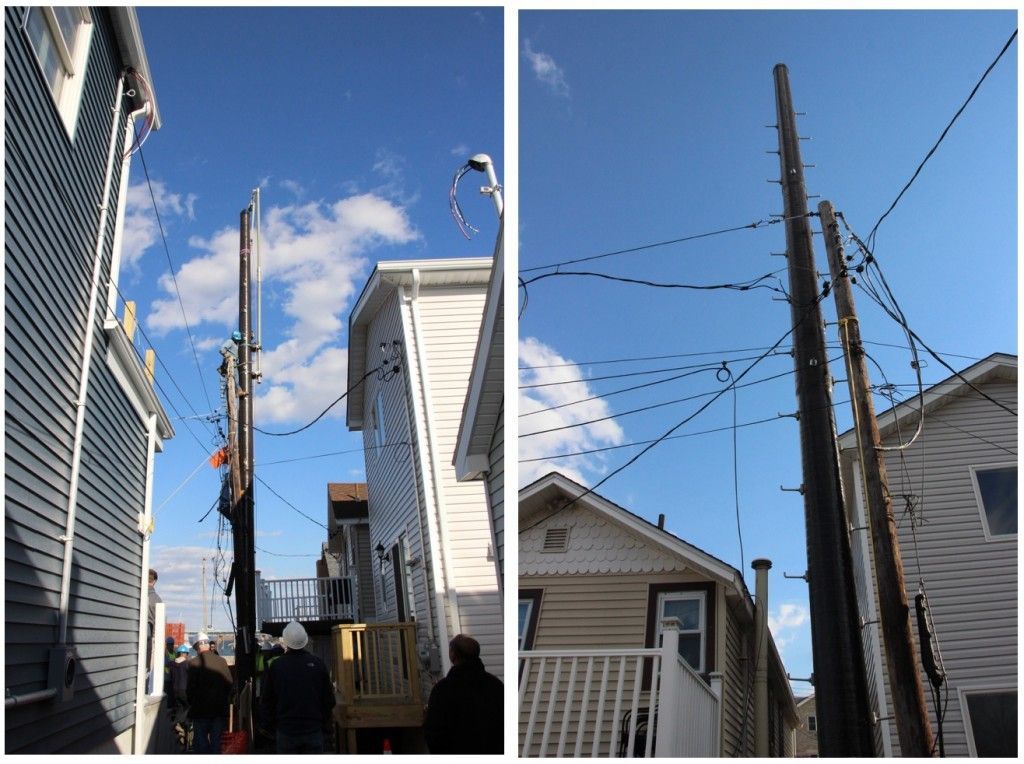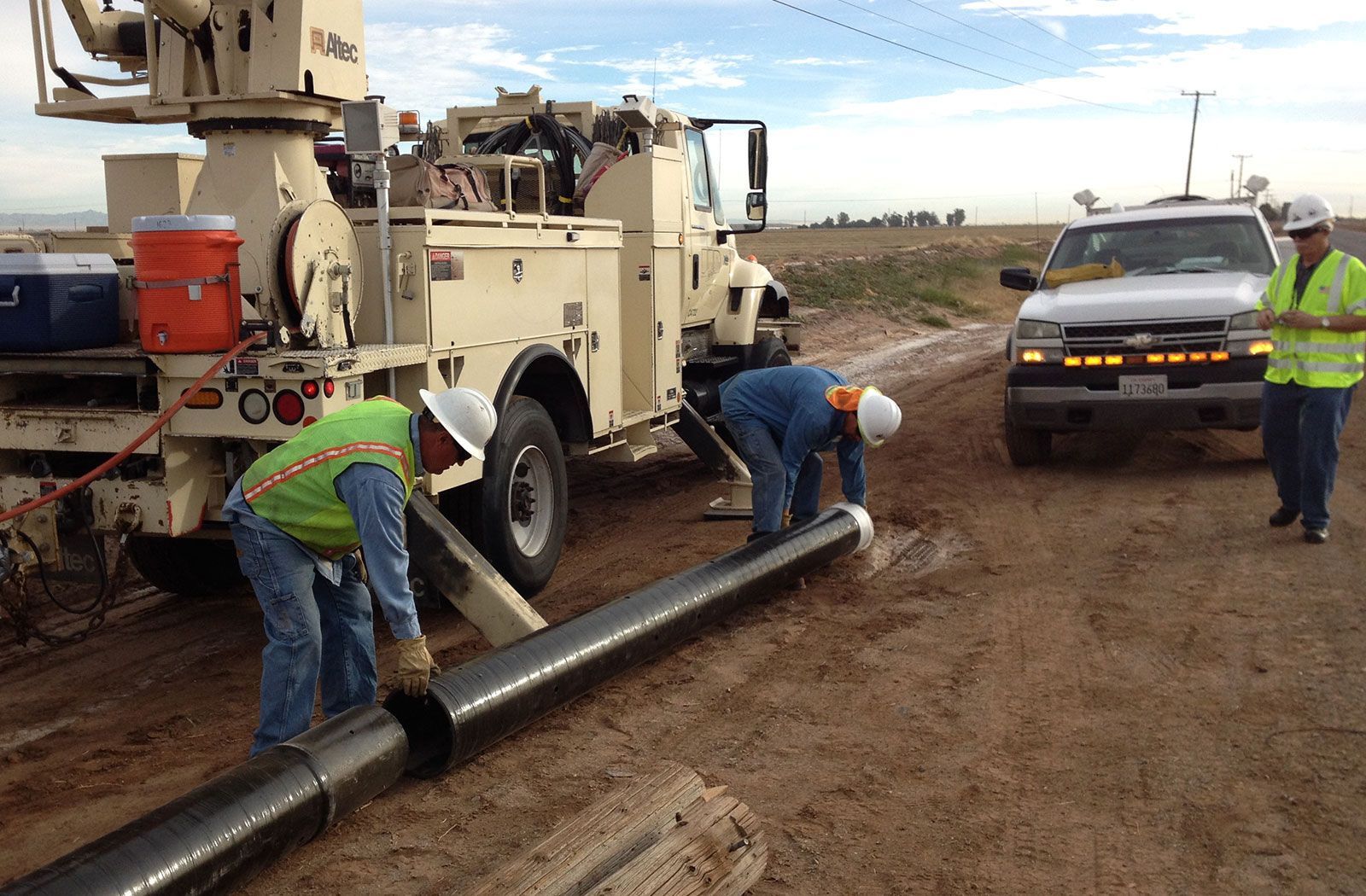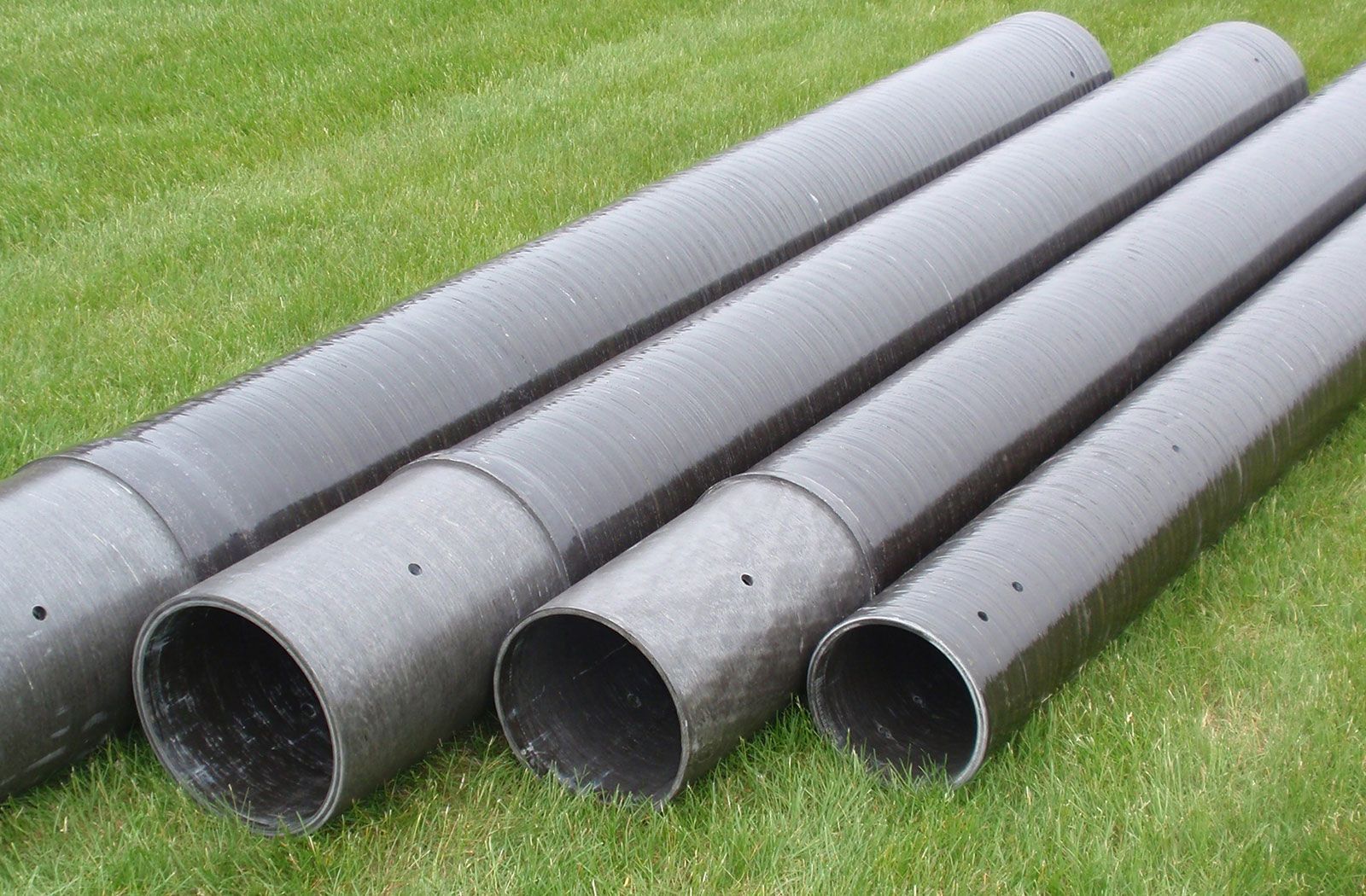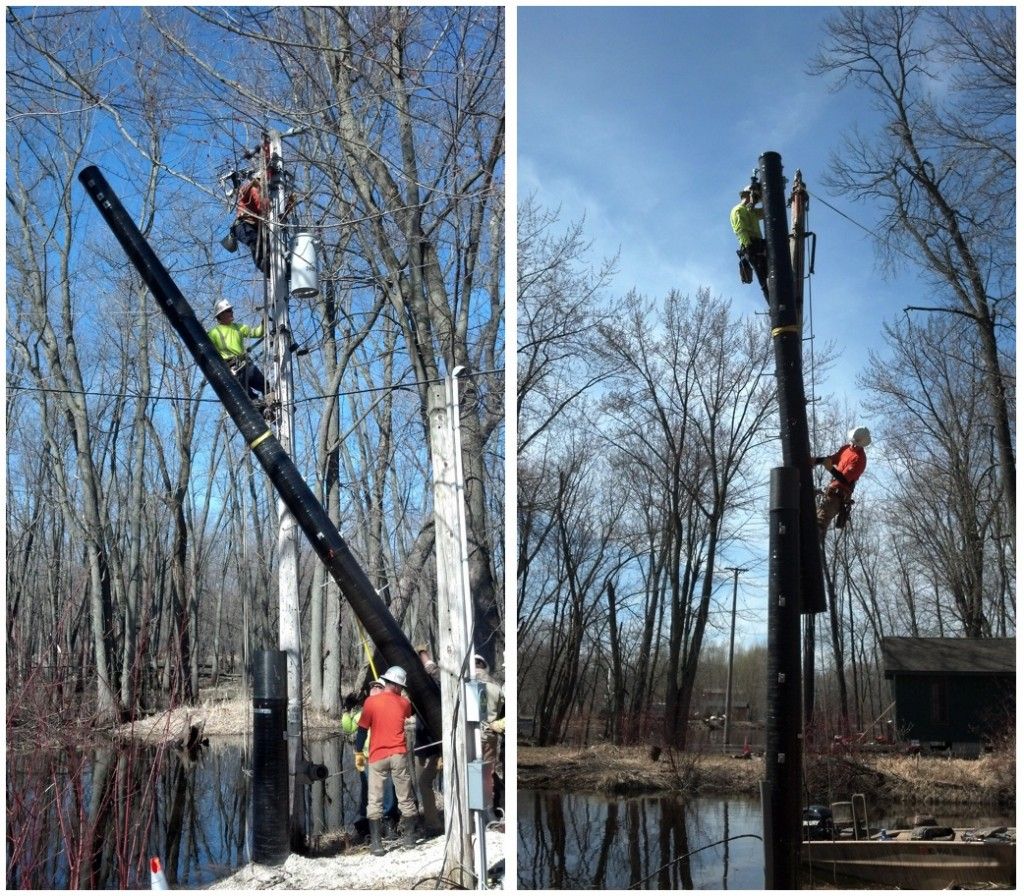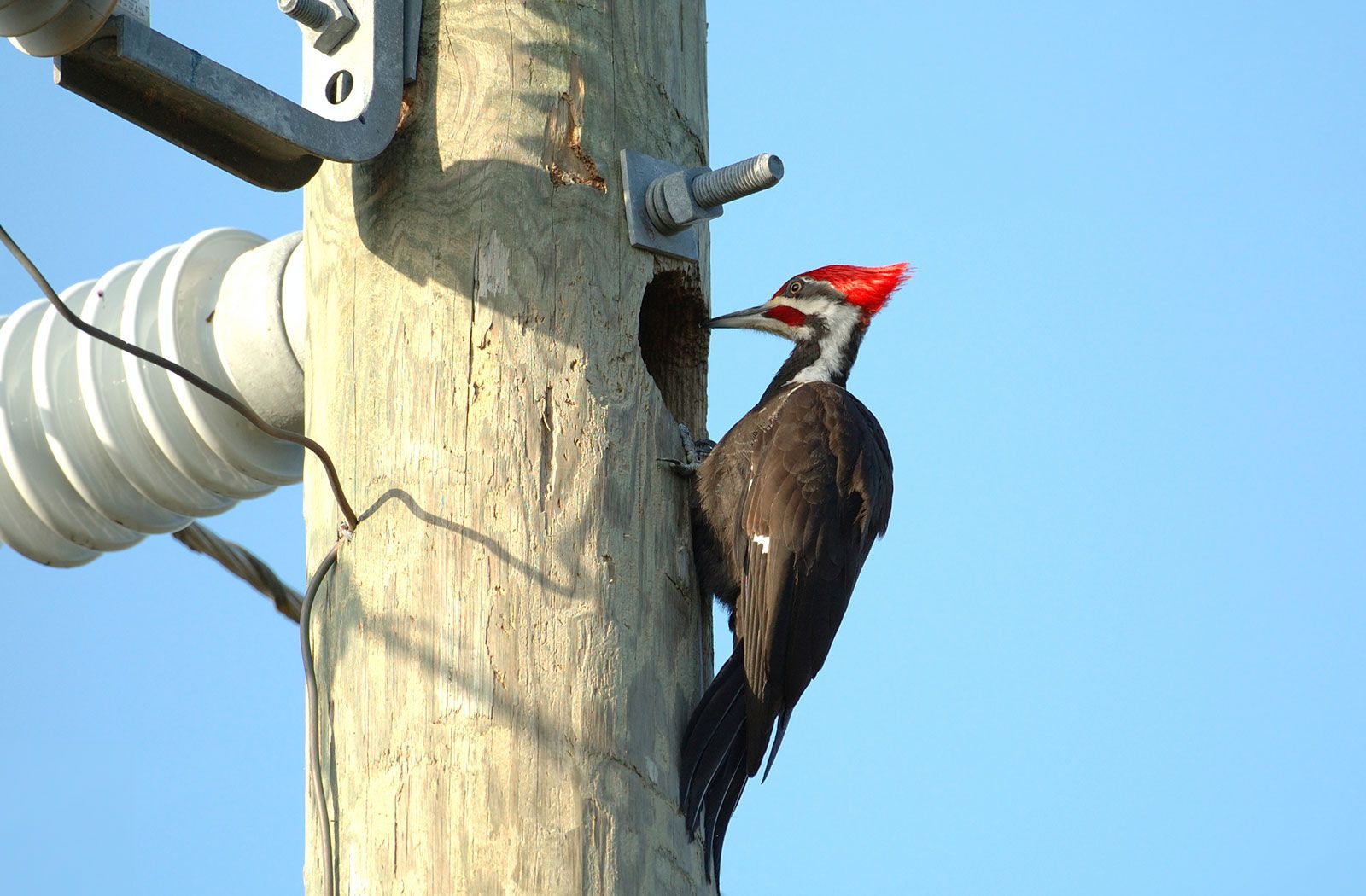Power Pole Specifications: What to Consider Before You Buy
Power Pole Specifications: What to Consider Before You Buy
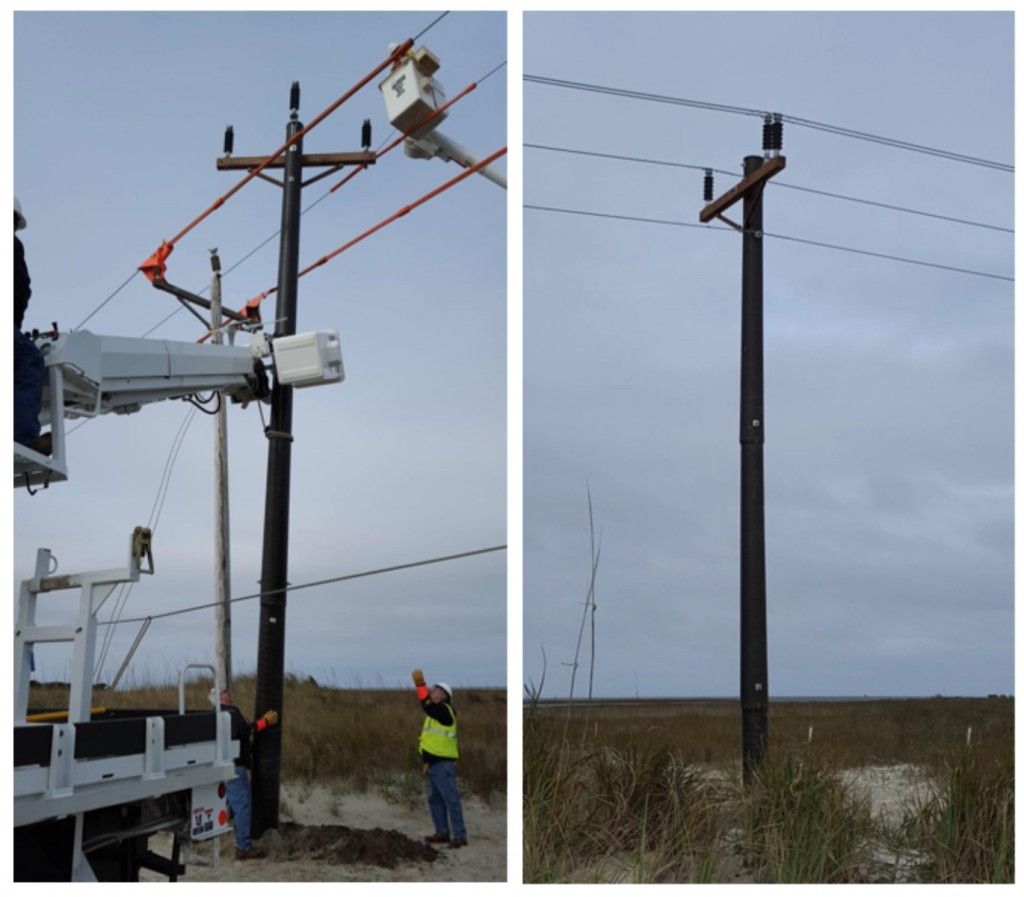
1) Structural loads and environment
Start with working loads, then model wind and ice specific to your region. In storm corridors, design for fewer cascading failures so a single hit doesn’t take down a span. Strength-to-weight matters: lighter, strong structures are easier to move and set while still handling extreme events, helping both construction and restoration schedules.
2) Materials and durability
Match material to exposure. In coastal air, industrial atmospheres, or high-UV zones, corrosion and rot drive maintenance and unplanned outages. Composites are corrosion-free and rot-free; steel requires coatings and inspections; wood requires treatment and frequent checks. Spell out expected service life and inspection cadence by material so field teams plan proactively.
3) Access and constructibility
Document access limits along the route and specify segment length/weight targets. Requiring vertical assembly capability eliminates many tilt-up blockers in yards and alleys and reduces equipment needs on soft or sensitive ground. Include guidance on staging footprints to reduce customer disruption and claims.
4) Smart-grid integration and security
Plan where equipment and cabling will live. Hollow composite designs can conceal devices and wiring inside the pole or route exits below grade, reducing weather exposure and vandalism. If automation or communications upgrades are on the roadmap, bake that flexibility into the base spec to avoid ad-hoc retrofits later.
5) Maintenance and operations
Define what “routine” really means. If a material requires coatings, periodic retreatment, or invasive inspections, capture those costs and crew hours up front. Composites typically require no routine maintenance, which lowers truck rolls and frees crews for higher-value work. Make those assumptions explicit so bidders price the full picture.
6) Sustainability and end-of-life
EHS teams care about materials, recyclability, and safe disposal. Specify inert, recyclable options where possible and clarify end-of-life pathways to avoid surprises later. Include documentation requirements so environmental reviews run smoothly.
7) Verification and submittals
Ask vendors to document wind/ice ratings, impact resistance, and joint design. Require sample assembly procedures and training materials for vertical assembly and segment replacement so inspectors know exactly what to expect in the field.
8) Training and documentation
Great specs come with great instructions. Require illustrated assembly steps for vertical assembly, torque values, and inspection checklists. Ask for short training videos and a one-page job aid crews can keep in trucks.
Putting it together
Draft base specs once, then add environment-specific appendices (coastal, wetlands, back-lot access, roadside-strike corridors). Create a restoration playbook for segment swaps and stocking levels so districts can respond consistently. Track SAIDI/SAIFI and truck-roll metrics to quantify benefits from material choices and design details.
For examples by environment, see
Applications
and for life-cycle economics and sustainability, review
Benefits. Share
Types of Utility Poles with stakeholders and align installers with
Utility Pole Installation.


